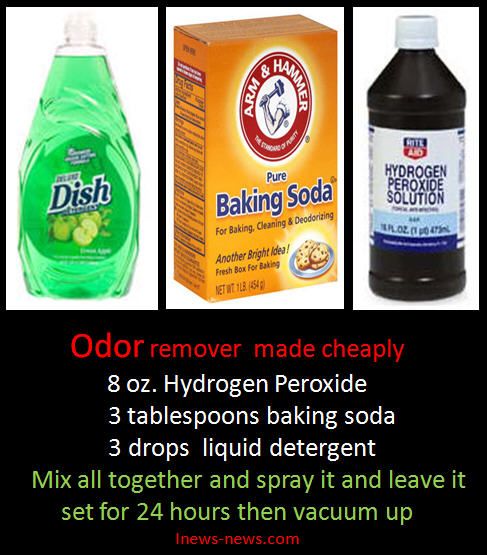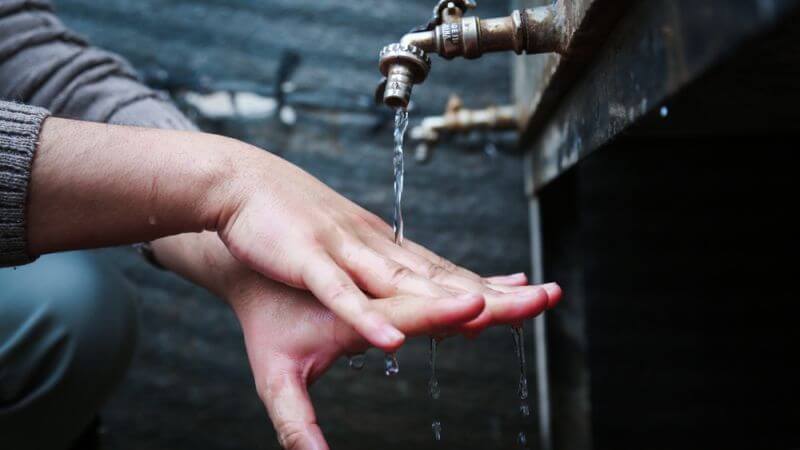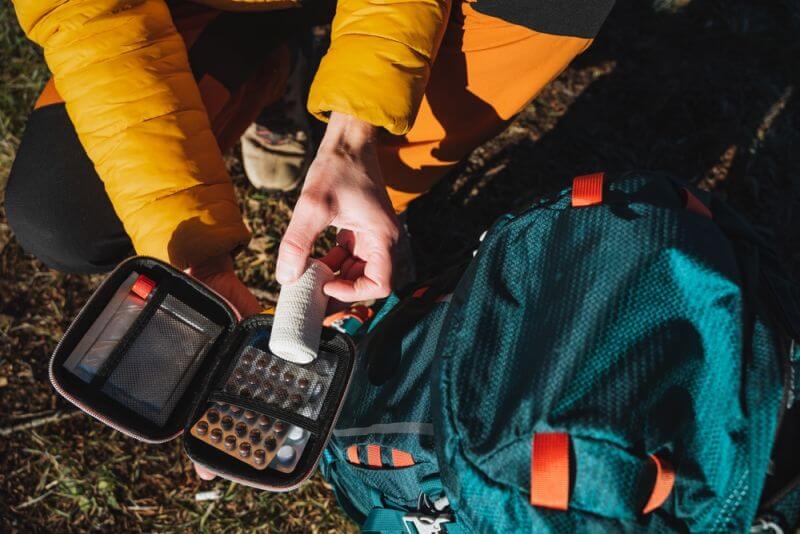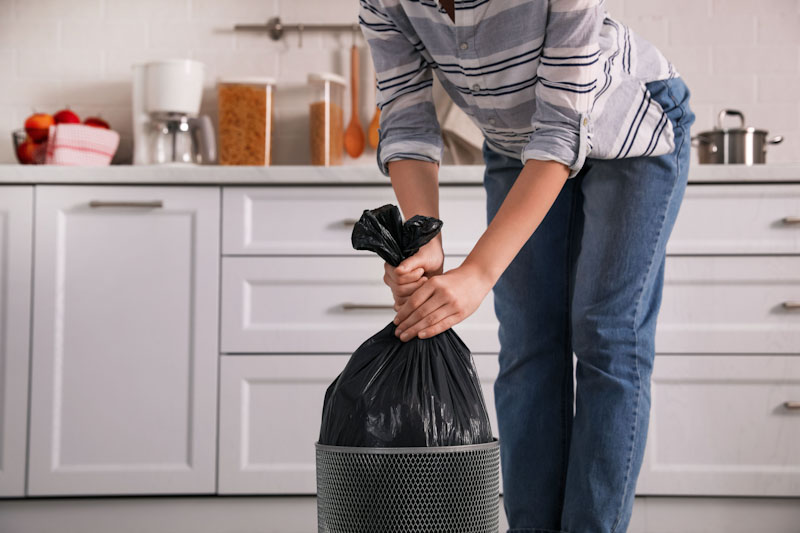Ugh! You open the door to your pantry and your nose is assaulted with the vile smell of rotten produce, spoiled broth that spilled on the back of a shelf, or just plain mustiness.
It smells as if it’s seeped into the walls, so how do you remove odors from your pantry without repainting the whole thing? Surprisingly, you have several options. The first thing you need to do is clean up the mess. Thoroughly.
Until you do that, you’re not going to be able to get the smell out. If it ran down the walls behind the shelf, you may need to clean the wall clear down to the baseboard. Do whatever you need to do to clean it up completely.
Now, you’ve got the mess cleaned up, so how do you make it smell better?
Vinegar
You can always use a bit of vinegar to wipe down the walls and shelves. Just blurp a half-cup of white vinegar into a half-gallon of water and start wiping. This will likely make your pantry smell like vinegar for a bit, but it’s better than rotten potatoes.
Cleaning and wiping with vinegar is also good to get that musty smell out. Dust off the tops of your less-often used containers and just tidy up in general. Most of the time, it’s mildew or dust that gives your pantry that musty smell.
Vinegar can be used to get rid of cooking smells. Leave a small bowl of vinegar in the kitchen or in the pantry overnight to absorb the odors and you can enjoy cooking for your loved ones.
These lessons of yesterday will teach you the basic skills you need for survival cooking!
Bleach
We all know that bleach kills almost anything, including bacteria that cause odors. Use 10 parts water to one part bleach to wipe down your entire pantry, shelves, floors, and walls, and you’ll soon notice that your pantry smells much cleaner.
If the mold and mildew have settled into rough wood, simply put your bleach solution in a spray bottle and spray it over the wood.
Baking Soda
OK, this one is actually best to use as a preventative measure, but placing a couple of boxes of open baking soda around your pantry will help prevent and eliminate most odors. You may want to use this in conjunction with other methods if you’re in a hurry or the odor is particularly offensive.
Change the boxes of baking soda out every few months to keep them working. This also works wonderfully in the fridge and freezer. Just pop the top and set it on a shelf. Baking soda is one of those must-have, multi-use survival items that you just have to have.
Essential Oils
Many essential oils have antibacterial properties, and it’s not hard to find one that smells good. Mix several drops (how much depends on how strong you want it to smell. Use the sniff test til you find a ratio that works for you) into a half-gallon or so of water and wash down your entire pantry.
Some good suggestions are orange oil, rose oil, lavender oil, or even tea tree oil or eucalyptus if you like that piney, astringent smell. You can also add a few drops of essential oil to your vinegar to really get some bang for your buck and knock out nasty odors.
Charcoal
Charcoal is an excellent odor absorber and one that I particularly like because all you have to do is rip the bag open a bit and set it in your pantry. If you’re like me, you go through charcoal pretty regularly because you grill, so the bag doesn’t have time to lose its odor-absorbing qualities.
You can use charcoal in your cabinets, too. Just place a piece of two inside in the back and change it out every few months. Cool trick – if you have a plastic container that smells like onions or garlic, pop a piece of charcoal in it overnight with the lid on it and it will smell tremendously better by morning. The smell will likely be completely gone.
Mineral Oil and Alcohol
To remove stubborn odors from your pantry and condition and seal wood so that it won’t absorb more odors, mix 1 pint of mineral oil with a half-cup of rubbing alcohol and wipe all surfaces with it. Again, feel free to add a few drops of essential oil to make it smell good.
Lysol
Odors in pantries are typically caused by bacteria or fungi that are feeding of food or moisture and causing rot, mold, or mildew. Lysol, as well as bleach and vinegar, kills 99 percent of these pathogens and will therefore get rid of the odor. The distinct advantage that Lysol has is that it now comes in a variety of pleasant scents.
Lysol comes in mist and spray solution. Use the mist if your pantry just smells a bit musty (it’s handy to keep in the bathroom, too!). Use the cleaning solution if you’re cleaning up rotten produce or if the odor is so pervasive that you have to clean your shelves. Lysol cleaners are great to use when you’re spring cleaning.
Just a word of common sense caution: don’t spray Lysol on your food, especially produce that you’ll be ingesting directly.
Odors in your pantry can spread to your whole kitchen. If nothing else, they’ll assault your olfactory senses every time you open your door. Since the odor can be absorbed by boxed goods and even pastas and other foods, this is a case where an ounce of prevention is worth a pound of cure.
Do you wonder what are the secrets that helped our grandparent survive during harsh times?
Click the banner bellow and uncover them!
This article has been written by Theresa Crouse for Survivopedia.











































































Don’t forget pine cleaner. Make sure it’s got actual pine oil and is not merely pine scented. Learned this from some house-flippers. It’s great for getting rid of pet odors.